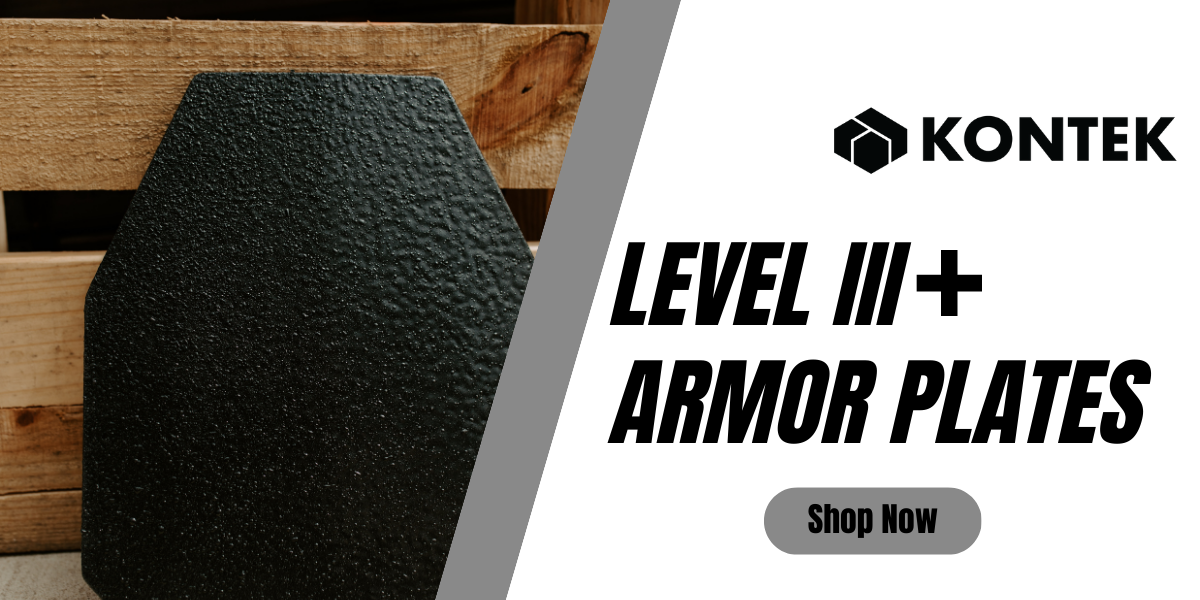
Ballistic glass is rated by two companies: Underwriters Laboratory and The National Institute of Justice. Both have security levels for bullet-resistant systems.
Bullet-resistant glass is rated as the level that stops the type of projectile. Levels range from 1 to 10 for UL ratings and Type I through Type IV for NIJ ratings. The NIJ also rates body armor but under a separate rating system.
Both companies rate threats on shape, caliber, composition, impact velocity, and mass. Because calibers have different velocities, you must consider all of these when designing ballistic protection, whether you need a sheet of glass for a bank or a complete security guard booth that is bulletproof.
The UL Rating System
Underwriter's Laboratory (UL), a non-profit organization, sets the standards for certain products, including bulletproof glass. Their UL levels are widely accepted, and the company is a Nationally Recognized Testing Laboratory authorized by the Occupational Safety and Health Administration (OSHA) to perform safety testing.
The UL Rating System's Ten Ballistic Resistant Glass Ratings
When determining the strength of security you need, you must take your industry into consideration. For example, most banks use Level 2 or 3 ballistic glass, while a military installation might use at least Level 8.
The ten levels include:
- Level 1: Ballistic glass at this level can resist shots from small-caliber handguns. During the test, Level 1 ballistic glass must be able to stop three 9 mm full metal jacket projectiles traveling at 1,175 feet per second.
- Level 2: Ballistic glass at Level 2 can resist shots from larger caliber handguns. During the test, Level 2 ballistic glass must be able to stop three .357 magnum soft points traveling at 1,250 feet per second. Banks and jewelers usually use Level 2-rated glass.
- Level 3: Ballistic glass at this level can resist shots from larger caliber handguns. It must be able to stop three .44 magnum rounds traveling at 1,350 feet per second. Police and government facilities usually use Level 3-rated glass.
- Level 4: Ballistic glass at this level is a step up from Level 3. It must be able to withstand one .30 caliber rifle shot traveling at 2,540 feet per second.
- Level 5: Ballistic glass at Level 5 must resist at least one shot of 7.62 full metal jacket round (typically from an AK-47 or similar rifle) traveling at 2,750 feet per second.
- Level 6: Ballistic glass is an improvement of Level 1 ballistic glass. It must be able to withstand hits from at least five 9 mm rounds traveling at 1,400 feet per second.
- Level 7: Ballistic glass at Level 7 must be able to withstand multiple hits from a high-velocity rifle. It must be able to withstand at least five shots from an AR-15 using jacketed lead soft point rounds traveling at 3,080 feet per second.
- Level 8: Ballistic glass at this level must resist multiple shots from a high-powered rifle. It must be able to withstand at least five shots from a 7.62 mm rifle using full metal jacket rounds traveling at 2,750 feet per second.
- Level 9: Ballistic glass at this level must be able to withstand multiple shots from high-powered rifles and armor-piercing rounds. It must be able to withstand at least one shot from a .30-06 rifle using 166 grains steel core lead point filler full metal jacket rounds traveling at 2,715 feet per second.
- Level 10: The highest level of ballistic glass must resist multiple shots from a high-powered rifle with armor-piercing rounds. It must be able to withstand at least one shot from a .50 caliber rifle using lead core full metal jacket military ball rounds traveling at 2,810 feet per second.
Here's a handy UL 752 chart that breaks down the performance of various firearms against bulletproof glass. It lists the weapon type, bullet weight, ammunition type, number of shots, and bullet speed.

High-risk entities generally use Level 4 and above. These include certain government buildings and military bases.
The NIJ Rating System's Six Ballistic Glass Ratings
The NIJ standards are as follows:
Type 1 provides protection against 22 LR, .38 special, 12 gauge #4 lead shot, and most 25 and 32 handgun calibers.
Type II-A provides protection against lower velocity 357 Magnum rounds, 9 mm rounds, 12-gauge 00 buckshot, .38 special-p rounds, and 45 auto rounds.
Type II provides protection against higher velocity 357 magnum rounds, 9 mm rounds, and 44 magnum rounds.
Type III-A provides protection against 44 magnum rounds, submachine gun 9 mm rounds, and most handgun rounds.
Type III provides protection against high-powered rifle rounds, 5.56 full metal jacket rounds, 30 Carbine full metal jacket rounds and 12-gauge rifle slugs.
Type IV provides protection against armor-piercing rifle rounds.
Putting Ballistic Glass Ratings To The Test
Here's a look at how UL 4, NIJ 4, and UL 10 glass performs against various firearm and forced entry threats:
Contact Kontek Industries
When you need ballistic-rated glass to protect employees and sensitive areas, Kontek Industries can provide you with the type of protection you need. We design and supply ballistic glass and window systems with protection for UL 752 and NIJ standards up to and including .50 caliber armor-piercing projectiles.
Our ballistic glass will help Improve the safety and survivability of people within the buildings and structures that you look to protect with bullet-resistant polycarbonate glass. We also provide a variety of window tint options and decorative window furnishings. Contact the office at Kontek Industries today to discuss your needs.
Updated 7/18/2024.


